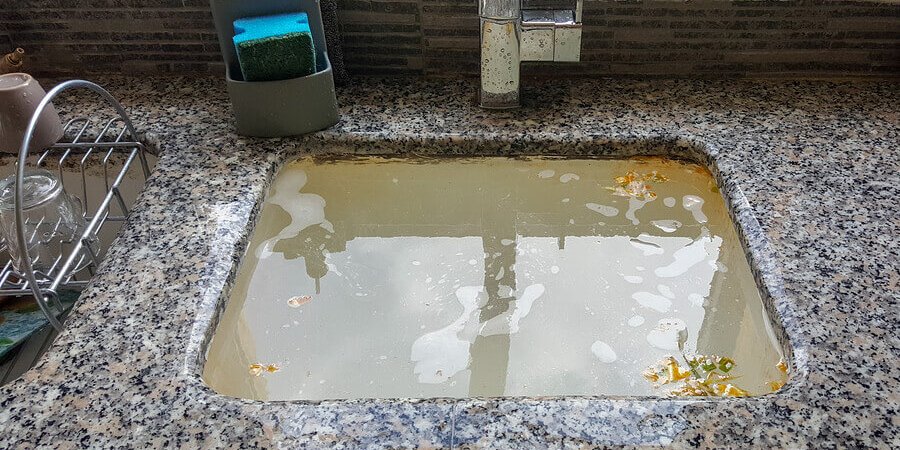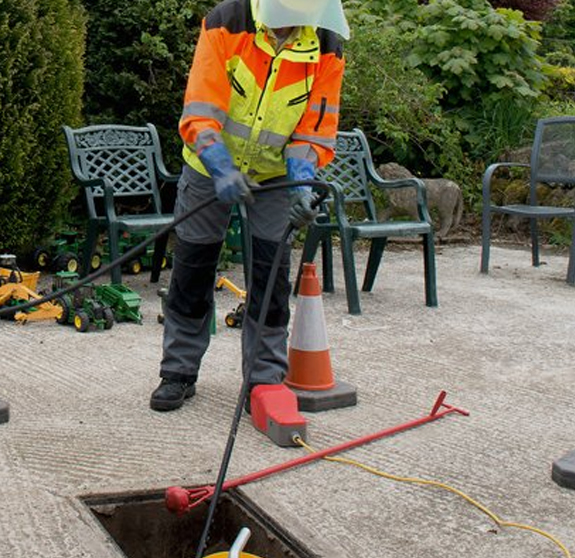Advice for Addressing a Blocked Drain Prior to Contacting Professional Plumbers
Advice for Addressing a Blocked Drain Prior to Contacting Professional Plumbers
Blog Article
Here on the next paragraphs you can get additional quality insight with regards to Tips for Dealing with Clogged Drains and Sewer Lines.

Intro
Handling a blocked drainpipe can be a discouraging experience, disrupting daily activities and possibly triggering damages to your property. Nonetheless, before connecting to pipes specialists, there are steps you can take to resolve the concern yourself. In this overview, we'll explore do it yourself services and safety nets to deal with an obstructed drain successfully.
Identifying the Concern
The first step in attending to a blocked drainpipe is identifying the signs. Slow drainage, gurgling audios, foul odors emanating from drains pipes, or water backing up are common signs of a blocked drainpipe. Determining these signs early can assist protect against even more problems.
Common Sources Of Blocked Drains
Recognizing the variables that add to drain pipes clogs is essential for reliable resolution. Common culprits include hair, soap scum, grease, food debris, and international items like hygienic products or paper towels. Tree origins getting into below ground pipelines can also create considerable blockages.
Do it yourself Solutions
For small obstructions, several do it yourself remedies can be reliable. Pouring boiling water down the drain can help dissolve oil and particles. Sodium bicarbonate and vinegar or a mixture of salt and baking soft drink can serve as natural cleansers. Utilizing a plunger or pipes snake to remove blockages is one more option.
Devices and Devices
Having the right tools accessible can make DIY drainpipe cleaning extra efficient. A bettor is a functional device for removing obstructions in sinks, bathrooms, and showers. A pipes serpent or auger can get to much deeper blockages, while drainpipe cleaning chemicals can be made use of very carefully for persistent blockages.
Preventive Measures
To prevent future clogs, taking on preventive measures is essential. Mount drain guards or filters to catch hair and particles before they get in the pipes. Routinely flush drains pipes with hot water to dissolve oil accumulation, and stay clear of dealing with grease or strong waste down the tubes.
When to Call an Expert
While DIY solutions can solve minor blockages, specific indicators indicate the need for specialist assistance. Relentless obstructions, foul odors regardless of cleaning efforts, or several drains pipes backing up at the same time are warnings that necessitate expert treatment.
Choosing the Right Plumbing Solution
When picking a pipes solution, take into consideration factors such as experience, licensing, and customer testimonials. Pick a respectable plumbing technician with a performance history of top quality handiwork and transparent pricing practices.
Price Factors to consider
The cost of expert drain cleaning services can vary depending on the seriousness of the obstruction and the plumbing professional's prices. Demand quotes from multiple companies and inquire about any kind of added fees to ensure transparency and avoid shocks.
Safety and security Precautions
When trying do it yourself drain cleaning, prioritize safety. Wear safety gloves and glasses to avoid contact with damaging chemicals or bacteria. Never ever mix different drainpipe cleansing items, as this can produce hazardous fumes.
Instance Studies
Real-life instances show the effectiveness of do it yourself services and the relevance of timely expert intervention in settling drainpipe blockages.
Verdict
By complying with the ideas described in this overview, you can properly tackle obstructed drains and prevent future pipes concerns. Whether going with do it yourself solutions or looking for professional support, prompt activity is essential to preserving a healthy pipes system and maintaining the honesty of your home.
WHAT I LEARNED FROM TRYING TO DEAL WITH A CLOGGED DRAIN
We have had our share of seepages and other annoying things that are part of living, especially in an apartment complex. And if there’s one thing that’s terrifying for a homeowner—or even someone in a rented home—it is a clogged drain, indoors or outdoors.
We enjoy our living space, but it’s simply a fact of life that dead skin, soap and a host of other items go down the drain; eventually, the residue builds up and prevents anything from moving. Ugh.
Not Calling A Professional
Of course, it might seem simple to just whip the pipe off under the sink and see if you can unblock it. Unfortunately, what if the blockage isn’t there, or you don’t reconnect it properly? Worse, you might break a piece and have no drainage system. Can you imagine that scene? Yuck!
Not Watching Your Waste
This will sound d’uh, but the best tip I can give you for drain cleaning is to avoid clogging the drain in the first place! You can do this by monitoring what goes down the drain and catching the items which are most likely to give you a problem. Invariably hair, vegetable peels, and large wads of toilet paper are the most obvious culprits. Add a filter—these are available in hardware stores and can be removed and cleaned easily.
Poking The Drain
The first urge with a clogged drain is to poke at it with a stick or anything that resembles a stick. Sadly, this does not result in magically solving the issue. The mental image is, naturally, one of the stick just pushing through the offending item and all is well again. Reality is quite different and unpleasant and likely to lead to further problems.
The thing is, every drain has a series of bends that are not visible to us. Drains are built this way to prevent gases from entering the house. What happens when you poke a stick into the drain? Of course, it can’t bend around the corner. The more adventurous people will use force and end up wedging the stick or causing it to break off in the pipe—creating an even bigger issue. Worst thing? The stick will shift the block further down the pipe, creating the space for more to collect. Go ahead! Roll your eyes!
Using The Wrong Plunger
You know what they say: the right tool for the right job! Did you know there are different types of plungers besides the basic one we keep at home for an emergency? Yes, there are. For example, the toilet plunger has a bell-shaped bottom while the sink plunger is flat. This is an important difference and using the wrong plunger will be useless. There’s also a knack in using plungers—they must be placed in such a way that they create an airtight seal and then, moved slowly up and down—not as fast as we imagine.
https://vidyasury.com/2018/01/learned-trying-deal-clogged-drain.html

I have been very intrigued by Tips for Dealing with Clogged Drains and Sewer Lines and I really hope you enjoyed the post. Loved our article? Please quickly share it. Let another person find it. Thank you so much for going through it.
Call Report this page